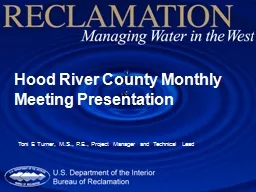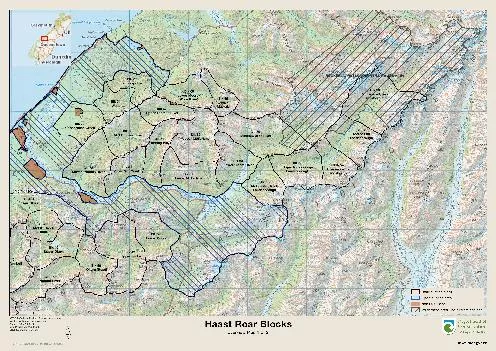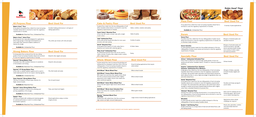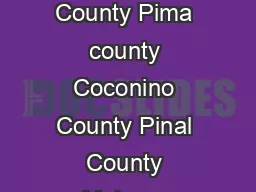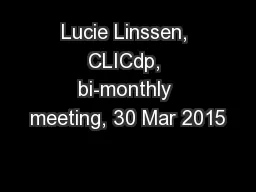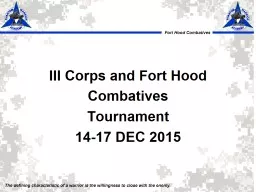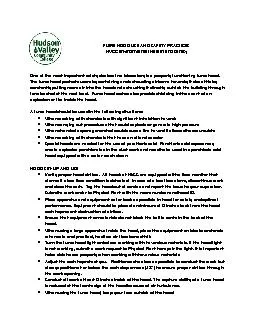PPT-Hood River County Monthly Meeting Presentation
Author : verticalbikers | Published Date : 2020-11-06
Toni E Turner MS PE Project Manager and Technical Lead Agenda Overview of process and goals for today Toni Overview of climate change decision process Toni Stepping
Presentation Embed Code
Download Presentation
Download Presentation The PPT/PDF document "Hood River County Monthly Meeting Presen..." is the property of its rightful owner. Permission is granted to download and print the materials on this website for personal, non-commercial use only, and to display it on your personal computer provided you do not modify the materials and that you retain all copyright notices contained in the materials. By downloading content from our website, you accept the terms of this agreement.
Hood River County Monthly Meeting Presentation: Transcript
Download Rules Of Document
"Hood River County Monthly Meeting Presentation"The content belongs to its owner. You may download and print it for personal use, without modification, and keep all copyright notices. By downloading, you agree to these terms.
Related Documents

